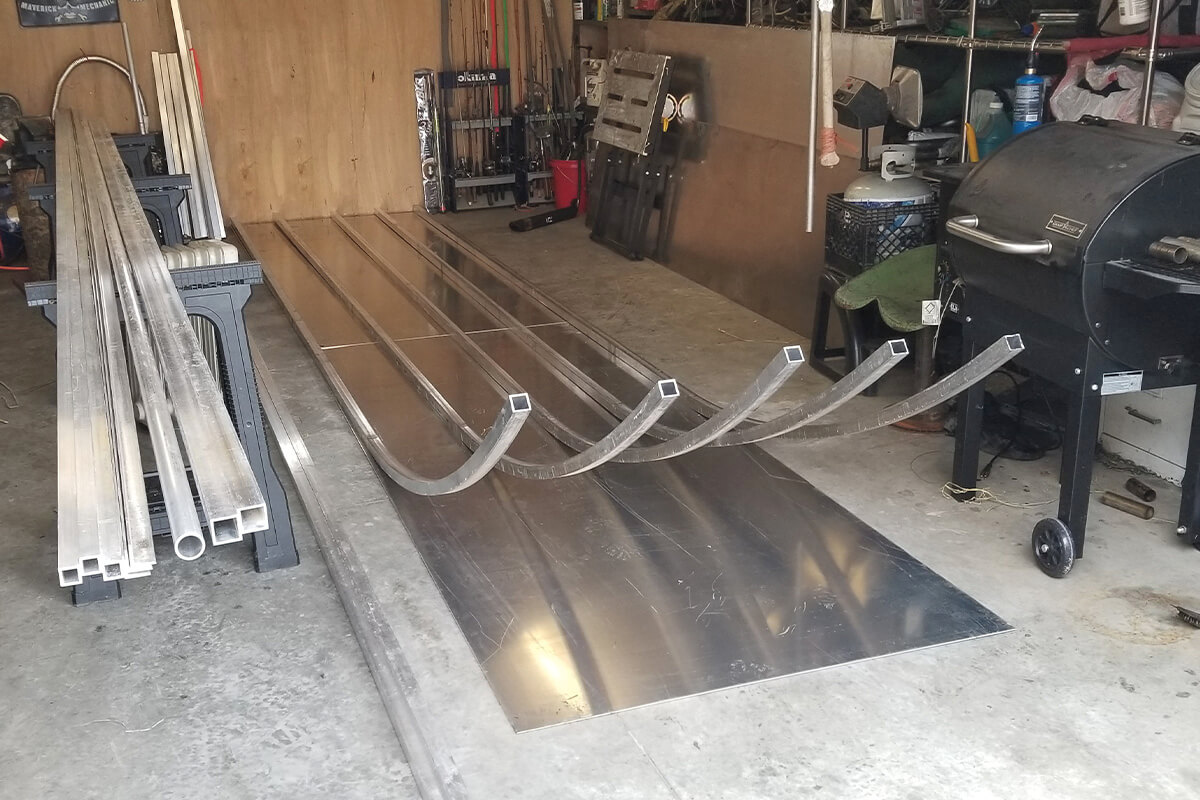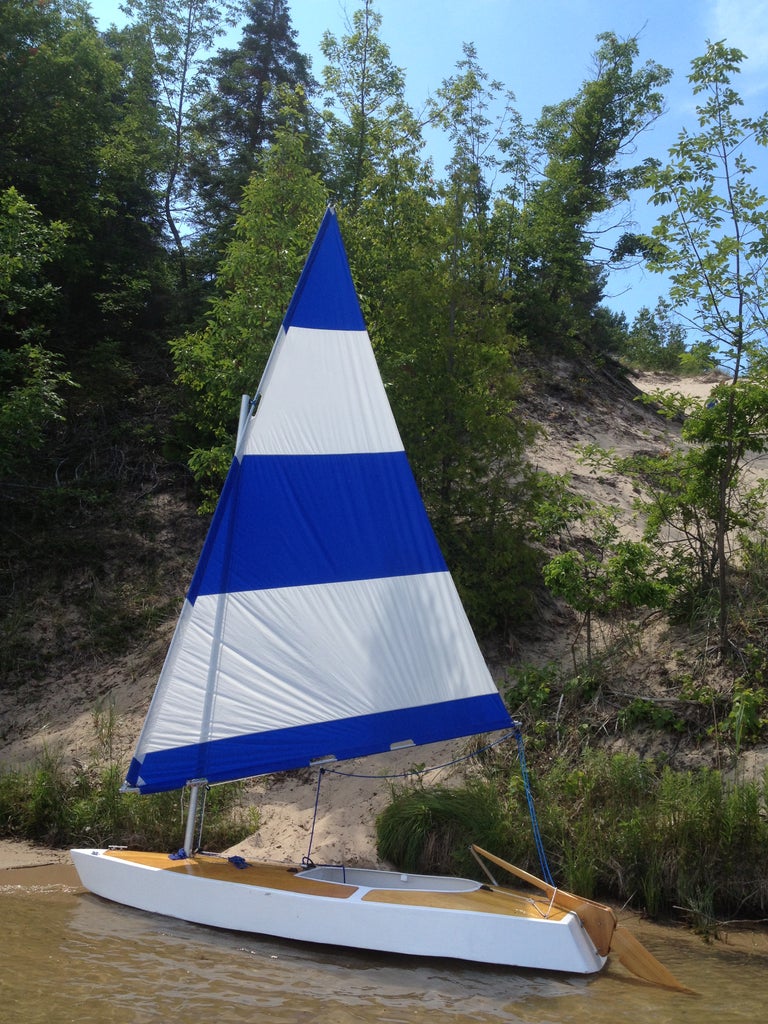
Beyond the Rivets: Unveiling Unexpected Insights from "How to Build an Aluminum Boat with Detailed Plans"
Building a boat, especially one from aluminum, is a formidable undertaking. "How to Build an Aluminum Boat with Detailed Plans" (let's call it "the book" for brevity) offers a blueprint, but the real journey lies in navigating the unspoken challenges and uncovering creative solutions. This review isn't about rehashing the obvious; it's about exploring the nuances often overlooked.
The Unsung Heroes: Material Selection and Beyond
The book meticulously outlines the process, but what about the subtle variations in aluminum alloys? Choosing the right alloy is crucial, impacting everything from weldability to corrosion resistance. This isn't just about following the plan; it's about understanding the why behind the material selection.
Q: How can I optimize alloy selection beyond the book's recommendations?
A: Consider the intended use. A fishing boat in saltwater demands superior corrosion resistance (perhaps 5052 or 5083), while a freshwater pontoon might tolerate a slightly less expensive alloy like 6061. Consulting material property datasheets from suppliers like Alcoa or Novelis, and researching the specific marine environment where the boat will operate, provides critical insights beyond basic plans.
Mastering the Metal: Welding Techniques and Their Impact
Welding aluminum is a complex skill. The book provides instruction, but rarely delves into the nuances of different welding processes â€" TIG, MIG, or even gas welding (for very specific applications). Each process leaves a unique weld profile, affecting strength and aesthetics. Understanding these subtle differences is critical for both performance and longevity.
Q: What are some under-discussed aspects of aluminum boat welding?
A: The crucial role of proper shielding gas purity (for TIG and MIG) is rarely emphasized. Contaminants significantly impact weld quality, leading to porosity and weakness. Similarly, the importance of pre and post-weld cleaning, using specialized cleaning agents for aluminum, is often underestimated. A slight variation in technique can drastically alter the outcome.
Beyond the Build: Sustainability and Lifecycle Considerations
This is where “the book†falls short. Building a boat is not just about construction; it's about responsible material management and environmental considerations. Aluminum is recyclable, but the disposal of welding byproducts and the overall carbon footprint of the process needs attention.
Q: How can I minimize the environmental impact of my aluminum boat project?
A: Sourcing aluminum from recycled sources drastically reduces the project's carbon footprint. Properly disposing of welding fumes and slag, and using appropriate PPE to prevent worker exposure to hazardous materials is crucial. Considering long-term maintenance and the eventual recyclability of the boat itself should be factored into the overall project.
Real-World Tales: Lessons from the Trenches
One hobbyist I spoke to encountered significant challenges with warping during the welding process. He discovered that inadequate cooling during welding was the culprit. Another builder saved significant costs by using scrap aluminum from demolition sites (after thorough inspection and testing!), showing the potential for cost-effective material sourcing.
In conclusion, "How to Build an Aluminum Boat with Detailed Plans" is a valuable resource, but it's just the starting point. Success depends on understanding the materials deeply, mastering advanced welding techniques, and embracing a holistic approach that considers sustainability and real-world challenges. Don't just follow the instructions; delve into the science and embrace the art of metalworking to create a truly exceptional vessel.


















